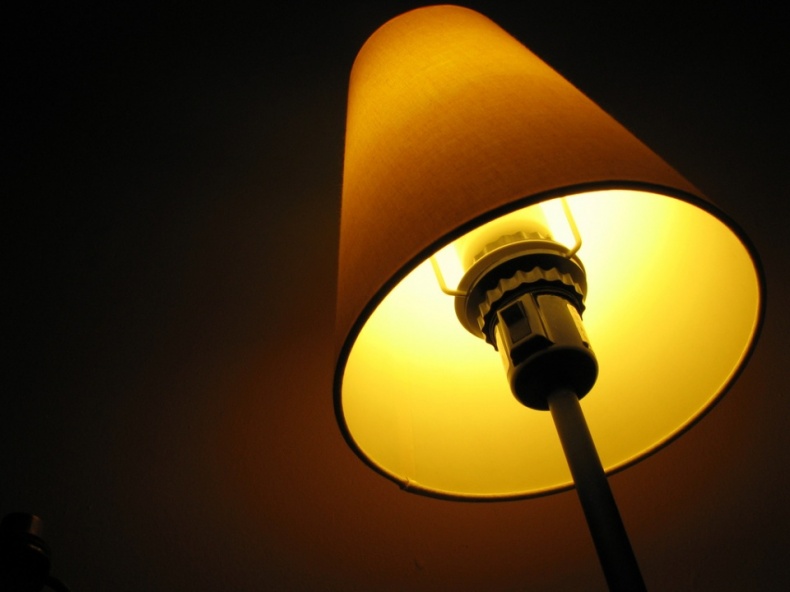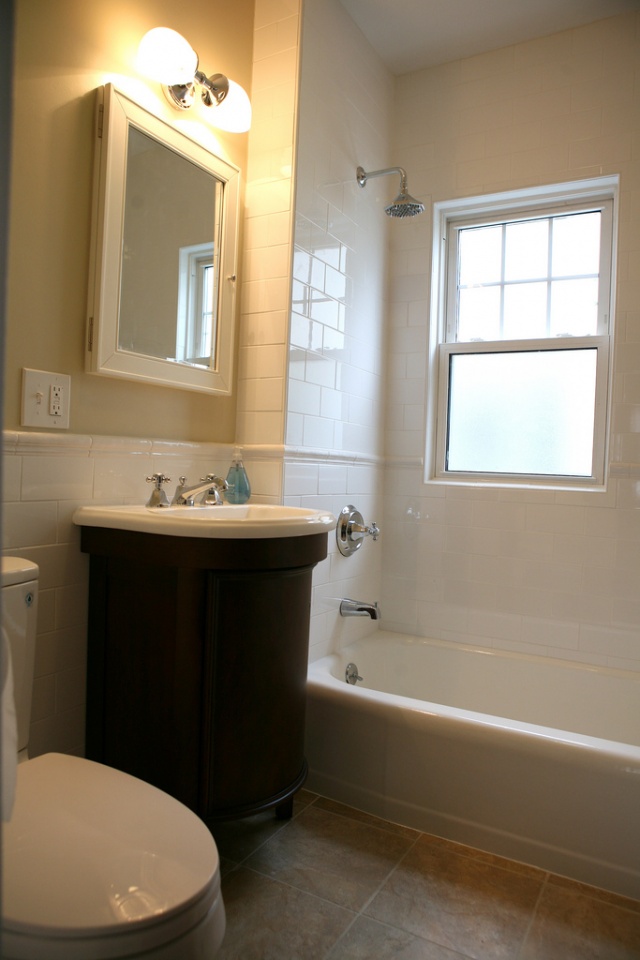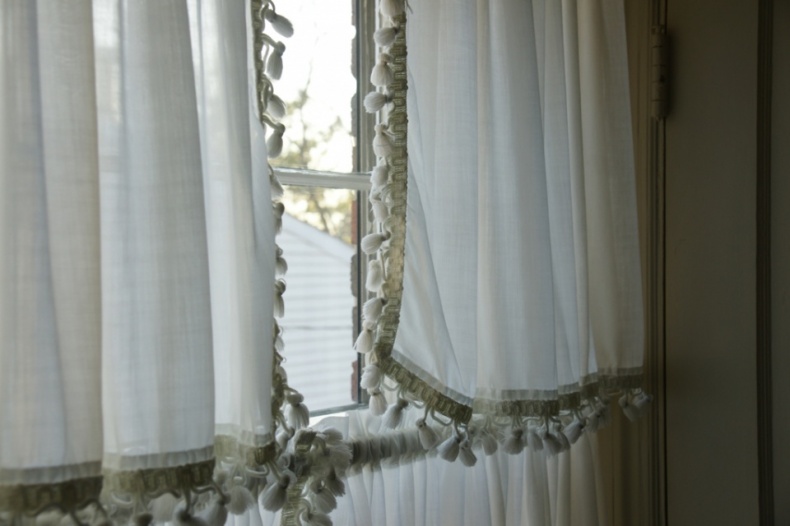
Yellow Lamp
by Matt MacGillivray
The phrase 'energy-efficient' is one of the loudest buzz words of our time. More than ever before, people want to make efficient use of their resources. Firstly, wasteful behaviour costs a lot of money, and secondly, we tend to care more about our environment lately. Whatever your motivation, there are several things that you can do to improve your home and lessen your ecological footprint at the same time. Let me share with you some of the 'brightest' ideas of today.
More Light, More Life
Occasionally, you may realize that your living room, kitchen, or in-house office is too dark in the evening. Even though you light up all the lamps and crank them up at full power, you simply can't see as well as you'd like. Not only is this insufficient lighting hard on your eyes, but it also decreases your willingness to continue working and may cause you to become drowsy. (Learn more about natural melatonin on Wikipedia, if you're interested.)
In either case, people usually resort to buying bulbs with more output or even more lamps with more bulbs in them. Although turning your room into a lighting powerhouse is a viable solution, it has its distinct disadvantages. New lamps and bulbs cost money both to purchase and to power. In addition to hurting your wallet, more bulbs hurt the environment as well. So what's the alternative, you ask? Well, how about brightening your living space instead!
Paint It White!

Bathroom by Juhan Sonin
Brightening up your apartment or house is a good way to increase the effectiveness of your current lighting. If you absolutely lack natural light, then by all means shop for lamps. But to get the most of your light sources, you can make a few minor changes to save money and learn how to benefit further from your home.
The most obvious way to brighten up is to paint your rooms with bright colours. Do you already have white walls? Well, how white are they really? Paints are sold in multiple levels of brightness and two types of white can have completely different reflective properties. Sure, paint does cost money initially, but if you add up the savings on the electric bill for years to come (plus the wonderful adventure of painting with your family or friends), I think it's worth it. Don't you?
Reflecting Materials
If you have darker walls or wallpapers and don't feel like repainting, consider purchasing/renovating furniture so that it's not too dark. Metallic (stainless steel or otherwise) finish is a reflective surface, whereas dark wood is not.
Place mirrors in strategic locations around the room or even around the entire house. If you have small kids, fix the mirrors farther from the ground so they can't reach them and pull them down, and fix them properly to the walls. Mirrors are great for distributing light across the entire area and, if used well, they'll improve the ambiance of the room drastically. Don't hesitate to put plants in front of the mirror to obfuscate it partially — it will still serve its purpose and you'll also feel as though your rooms have expanded.

Curtain by Romana Klee
If you aren't up for repainting or purchasing new furniture, maybe you could look for things to clean up or remove from your living area. Every bit of clutter steals a bit of your precious light and darkens the room even more. Whether your things absorb light or just block it, consider what you really need and what you can put away. Maybe your curtains share a bit of the blame; pale curtains will throw more light back into the room than darker ones.
But before you make any major changes, see whether you can rearrange your lamps first. Point all bulbs to where you need light most and use existing mirrors and light surfaces to help you maximize the brightness of your room.
Hopefully, these few tips will brighten your day, and I'm looking forward to hearing your brightening ideas in the comments.

